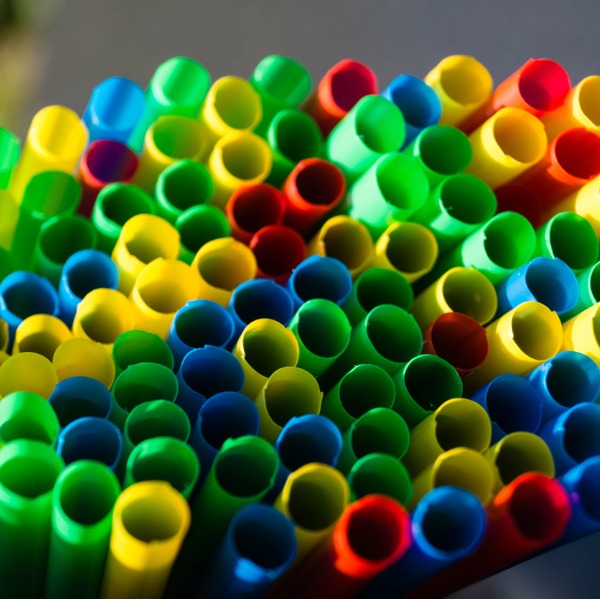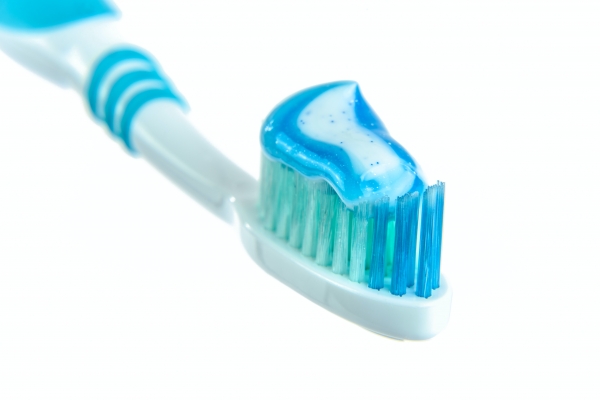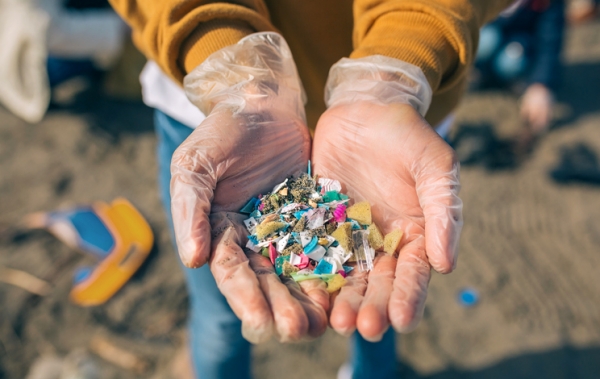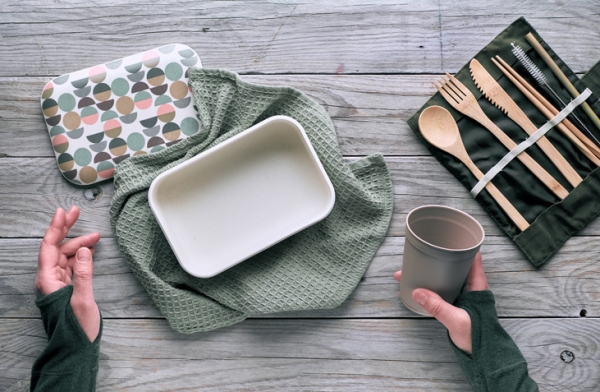We Use a Lot of Plastic

Plastic drinking straws (Andreas Steidlinger, iStockPhoto)

Plastic drinking straws (Andreas Steidlinger, iStockPhoto)
7.67
How does this align with my curriculum?
Curriculum Alignment
AB
8
Knowledge and Employability Science 8, 9 (revised 2009)
Unit E: Freshwater and Saltwater Systems
NU
8
Knowledge and Employability Science 8 (Alberta, Revised 2009)
Unit E: Freshwater and Saltwater Systems
NT
8
Knowledge and Employability Science 8 (Alberta, Revised 2009)
Unit E: Freshwater and Saltwater Systems
BC
11
Earth Sciences 11 (June 2018
Big Idea: The distribution of water has a major influence on weather and climate.


